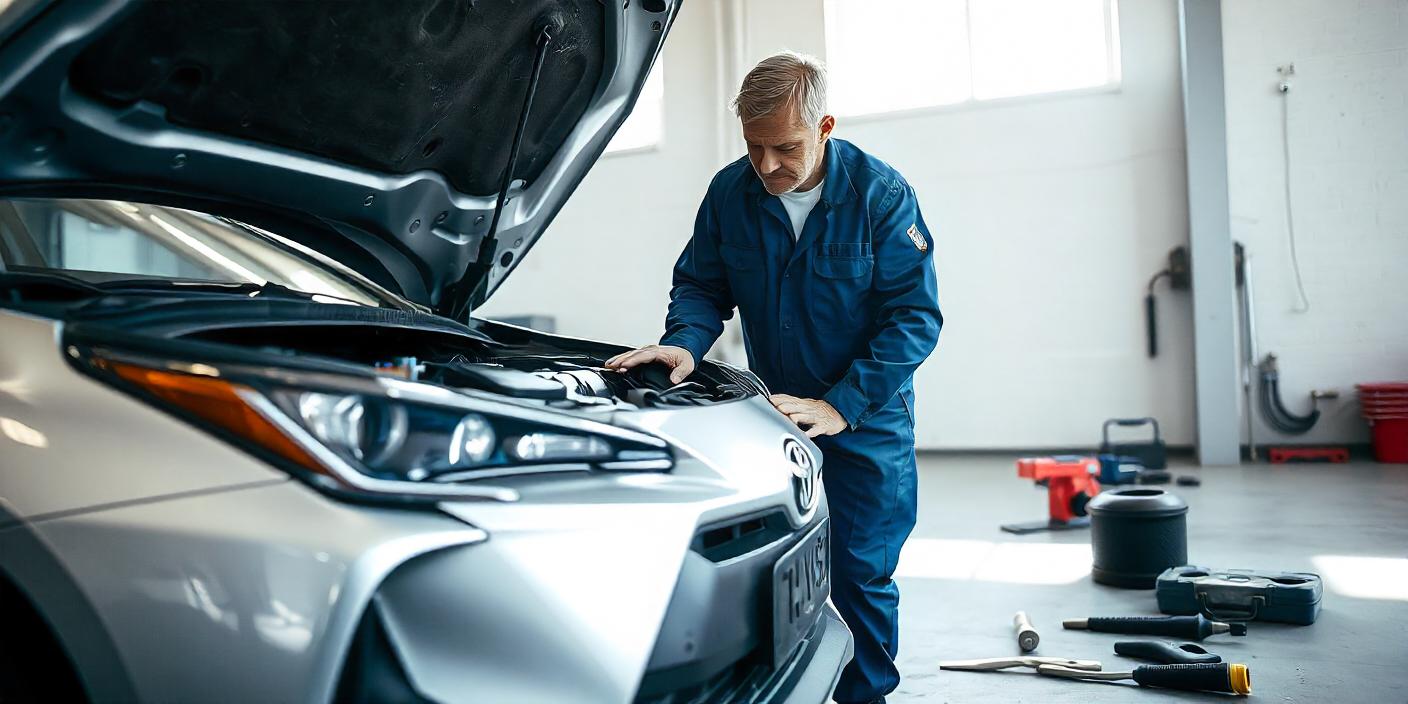Japanese cars have earned a stellar reputation among Australian car enthusiasts for their reliability, performance, and cost-effectiveness. Whether it’s a sleek sports car, a practical family sedan, or a rugged off-road SUV, imported Japanese cars have a broad appeal. For those considering a vehicle import, the used Japanese car inspection process is crucial to ensure that each car meets the highest standards of safety and efficiency before hitting Australian roads. This blog will delve into why thorough used Japanese car inspections are essential for maintaining the quality of Japanese cars and how they benefit Australian buyers.
Why Choose Imported Japanese Cars?
There are several reasons why Japanese imported cars are popular in Australia:
- Reliability: Japanese manufacturers like Toyota, Honda, and Nissan are known for producing durable vehicles that stand the test of time. Many Japanese cars maintain their quality even after years of use.
- Cost-Effectiveness: Japanese used cars often come at a more affordable price compared to their Australian counterparts. This affordability extends to parts and servicing, making them an economical choice.
- Performance: Japanese Domestic Market (JDM) cars, in particular, are famous for their performance features. From turbocharged engines to advanced suspension systems, JDM cars bring innovation to the market.
- Diverse Range: Whether you’re after a compact city car or a high-performance sports model, Japanese imports offer a wide variety to suit every preference.
Thorough used Japanese car inspections play a crucial role in ensuring these vehicles continue to perform at their best once they arrive in Australia.
Used Japanese Car Inspection Process: Ensuring Quality Before Export
Before a used Japanese car makes its way to Australia, it undergoes a rigorous used Japanese car inspection process. This procedure is regulated by both Japanese authorities and private inspection services to ensure that the car meets international standards for safety and efficiency. Here’s a breakdown of what happens during the used Japanese car inspection process:
- Initial Assessment: A visual inspection identifies any exterior and interior damage.
- Mechanical Evaluation: Technicians examine the car’s key systems, including the engine, transmission, brakes, and suspension.
- Emission Testing: Cars must meet emission standards before they are cleared for export.
- Documentation Check: The vehicle’s history, including mileage, service records, and accident reports, is verified to ensure authenticity.
- Roadworthiness Certification: Once the car passes used Japanese car inspection, it receives a roadworthiness certificate, certifying it as safe for use on Australian roads.
These stringent checks guarantee that only the best-quality cars make it to the Australian market, protecting buyers from unexpected issues down the line.
Key Aspects Checked During Inspection: Engine, Transmission, and More
During the used Japanese car inspection, several critical areas of the car are evaluated to ensure its reliability:
- Engine Condition: Inspectors check for any signs of oil leaks, wear, or unusual noises. They test the engine’s performance, ensuring it runs smoothly and meets efficiency standards.
- Transmission: Both manual and automatic transmissions are evaluated for proper shifting, response time, and fluid condition.
- Brakes and Suspension: The brake system is inspected for wear on pads, discs, and calipers. Suspension components are checked for stability and performance during various driving conditions.
- Electrical Systems: From headlights to the car’s infotainment system, all electronic components are examined to confirm functionality.
- Interior and Exterior: A thorough used Japanese car inspection ensures that there is no significant damage to the car’s body, and the interior components are in good condition.
- Safety Features: Inspectors verify that airbags, seat belts, and other safety features are operational.
These detailed inspections maintain high standards of quality, giving Australian buyers peace of mind when purchasing a used Japanese car.
How Stringent Inspection Standards Benefit Australian Buyers
The strict Japanese car inspection standards in Japan are a significant advantage for Australian buyers. Here’s why:
- High-Quality Imports: The detailed checks mean that only vehicles in excellent condition are exported to Australia.
- Reduced Risk: Used Japanese car inspection reports reduce the risk of buying a lemon. Buyers have access to transparent information about the car’s history and condition.
- Compliance with Australian Regulations: Inspected vehicles are more likely to meet Australian safety and environmental standards, reducing the hassle of additional modifications.
This level of scrutiny is particularly important when buying a car from overseas, where the history and maintenance of a vehicle might otherwise be uncertain.

What Makes JDM Cars a Unique Import Option?
JDM car import Australia enthusiasts know that Japanese Domestic Market cars are a class apart. These vehicles were originally manufactured for sale in Japan and are often equipped with unique features not available in Australian models. Some key highlights include:
- Performance Enhancements: Many JDM cars feature turbocharged engines, advanced tuning, and high-performance brakes.
- Innovative Technology: JDM cars often include advanced tech gadgets and features that are ahead of their time.
- Exclusivity: Owning a JDM car can be a badge of honour, as many models are rare and highly sought after in Australia.
Given the high standards of used Japanese car inspection, buying a JDM car through a reputable import service ensures you get a vehicle that’s both unique and dependable.
Tips for Buyers: What to Look for in a Used Japanese Car
When shopping for a used Japanese car, consider the following tips:
- Check the Inspection Report: Look for a detailed report that covers the car’s mechanical and cosmetic condition, specifically a used Japanese car inspection report.
- Verify the Odometer: Ensure the mileage aligns with the car’s age and service history. In Japan, lower-mileage cars are common, as urban driving often limits wear.
- Consider Import Costs: Factor in the expenses associated with importing, including compliance adjustments to meet Australian standards.
- Choose a Reliable Importer: Work with a reputable dealer specialising in Japanese imported cars for sale. They can guide you through the process and provide certified vehicles that have passed used Japanese car inspection.
- Test Drive if Possible: If the car is already in Australia, take it for a spin to assess its performance firsthand.
By following these guidelines, you can ensure you’re getting a reliable and efficient vehicle that’s well worth the investment.
Conclusion
Imported Japanese cars, thanks to their used Japanese car inspection process, continue to be a popular choice for Australian drivers due to their dependability, style, and value for money. The rigorous used Japanese car inspection process each car undergoes before export ensures that only top-quality vehicles make it to Australian roads. These inspections guarantee that buyers are investing in cars that will deliver optimum efficiency and reliability for years to come.
Are you interested in exploring available used cars in Sydney or learning more about used cars? Contact the trusted car import specialist (My Car Choice) today to find the perfect vehicle that meets your needs and budget. A well-inspected Japanese car can be a great addition to your driveway, providing you with peace of mind and top-notch performance. Visit My Car Choice in Greenacre to explore a wide selection of quality imported Japanese cars available in Sydney.



